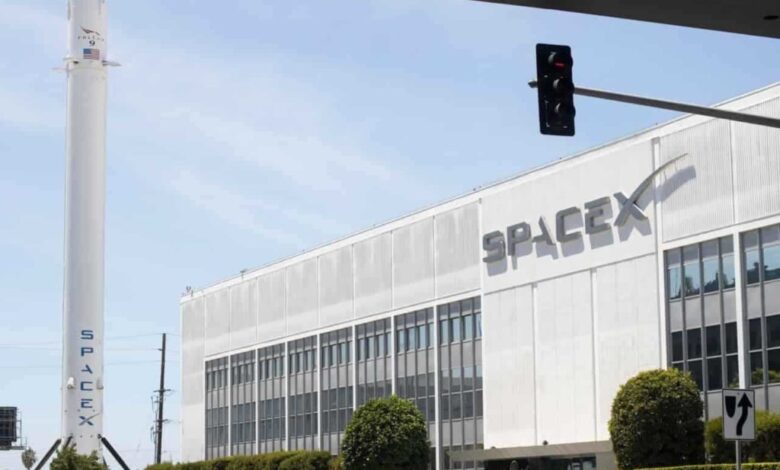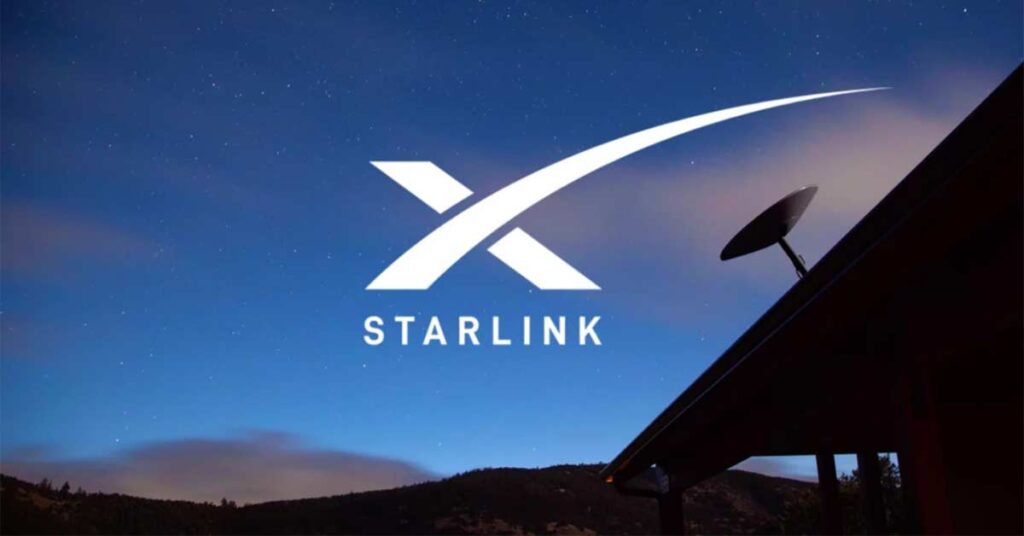A Spinoff of IPO Starlink: A Guide to the Possibilities

Elon Musk has once again managed to capture the public’s imagination through his space venture, the Starlink satellite constellation. But what if this ambitious project wasn’t just a wing of SpaceX’s mighty operation but a standalone entity, potentially reaching new heights in the commercial space industry? In this blog post, we’ll explore the concept of a Spinoff of IPO Starlink and how it could dramatically change the landscape of space technologies, investment opportunities, and global connectivity.
Introduction
Starlink, arguably one of the most ambitious space endeavors of the 21st century, represents more than just a satellite internet network. It embodies the pioneering vision and audacious goals of SpaceX and its CEO, Elon Musk. Launched with the aim of bringing high-speed internet to every corner of the globe, Starlink has swiftly ascended the ranks of the new space race, capturing the attention of both consumers and the investment world.
However, what happens when a project outgrows its parent company? The concept of a spinoff IPO is intriguing and begs the question, what could Starlink achieve as an independent entity?
Exploring the Spinoff
The strategic decision to spin off Starlink could be driven by various factors, including financial independence, focused growth, and the ability to attract specific investors. A successful spinoff could potentially unlock significant value for SpaceX, allowing them to concentrate on their core mission of interplanetary travel and other space ventures.
With the satellite industry evolving rapidly, the spinoff of Starlink could spark a domino effect, leading to new ventures by existing players and inspiring startups. The impact on the satellite industry would be multifaceted, challenging established norms and paving the way for a new breed of space companies.
For investors, a Starlink spinoff could be a golden opportunity. The unprecedented growth potential of the satellite internet sector, coupled with advancements in technology and a broader market reach, promises substantial returns for those willing to take the leap.
Possibilities and Innovations
The independence of Starlink would spark accelerated innovations in satellite technology. More focused R&D efforts could lead to advancements in areas like low-earth orbit (LEO) satellite manufacturing, frequency allocation, and signal processing.

The prospect of a spinoff also instigates a new era of global connectivity. Enhanced internet capabilities would not only revolutionize consumer access but would also become a pivotal tool for businesses, governments, and educational institutions, particularly in remote or underserved regions.
Starlink’s integration with other emerging technologies, including artificial intelligence and the Internet of Things (IoT), opens doors to a myriad of possibilities. AI could optimize satellite coverage and operation, while IoT could expand into the universal realm, enabling unprecedented levels of interconnectedness.
Implications for Space Industry Professionals
For professionals in the space industry, especially those specialized in satellite communications and operation, a Starlink spinoff represents a significant career opportunity. The demand for skilled personnel in these areas would surge, as would the necessity for individuals versed in managing a standalone space corporation.
The spinoff would also signify a major industry shift, reflecting the changing dynamics and trends in commercial space. Professionals need to adapt and upgrade their skill sets to remain relevant in an environment that constantly demands innovation and agility.
In light of these changes, educational institutions and training programs would need to revamp their offerings to cater to the evolving needs of the space industry. Cross-disciplinary knowledge and practical experience would be highly sought after in a post-Starlink-spinoff landscape.
Conclusion
The idea of a Starlink spinoff and future IPO is both compelling and layered with potential. It goes beyond the financial implications and touches the very fabric of the space industry, global connectivity, and human innovation. Whether such a spinoff will occur remains to be seen, yet the concept alone ignites discussions and propels us to consider the myriad of doors it could open.
For tech enthusiasts, professionals, and investors, staying informed and engaging in conversations surrounding this topic is crucial. There may never be a more opportune time to be a part of something monumental in the space industry. As we anticipate the unfolding of this narrative, one thing is certain—SpaceX’s Starlink, whether as part of its parent or as a standalone beacon, will continue to guide the way to the future of space and technology.



